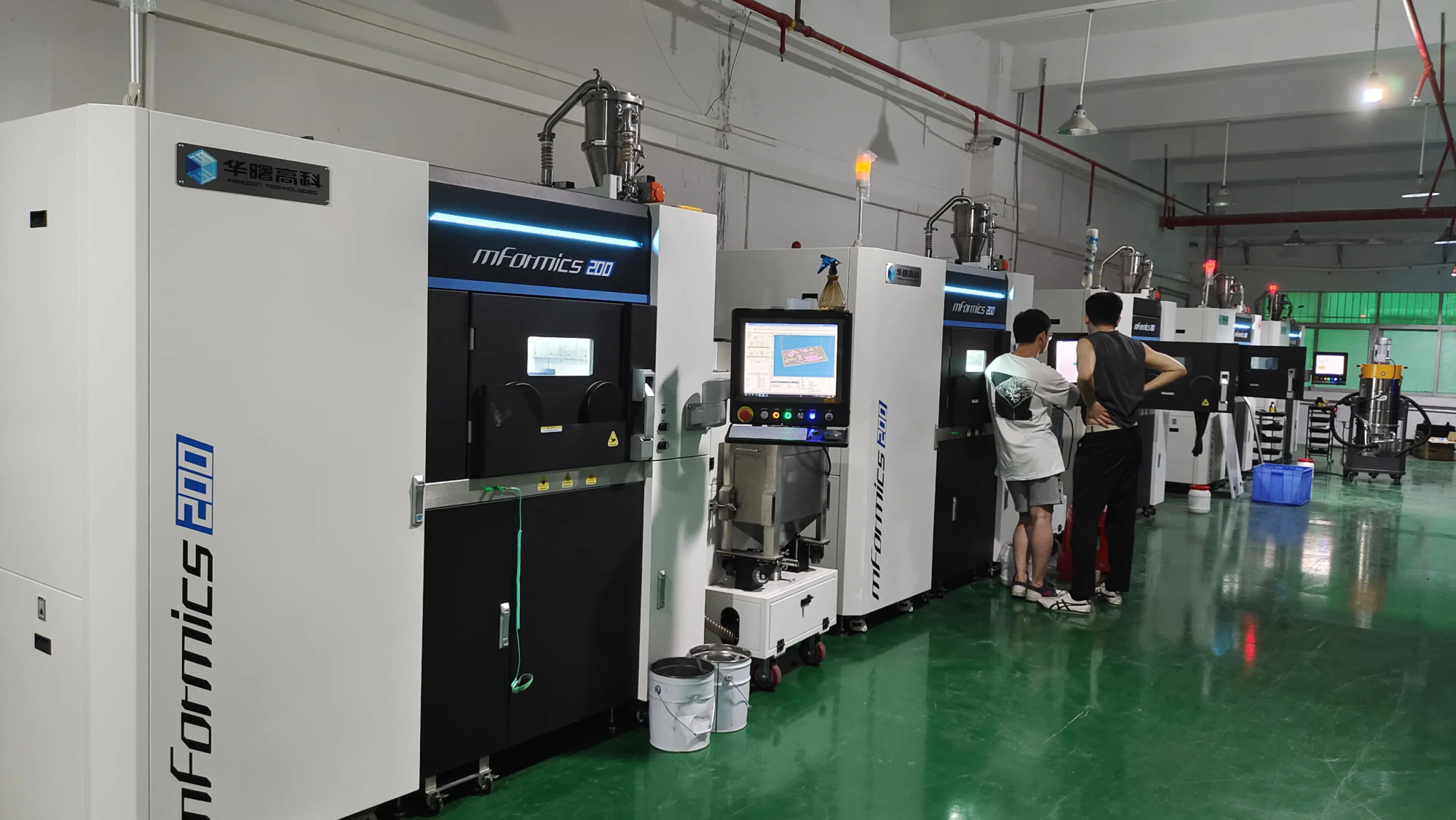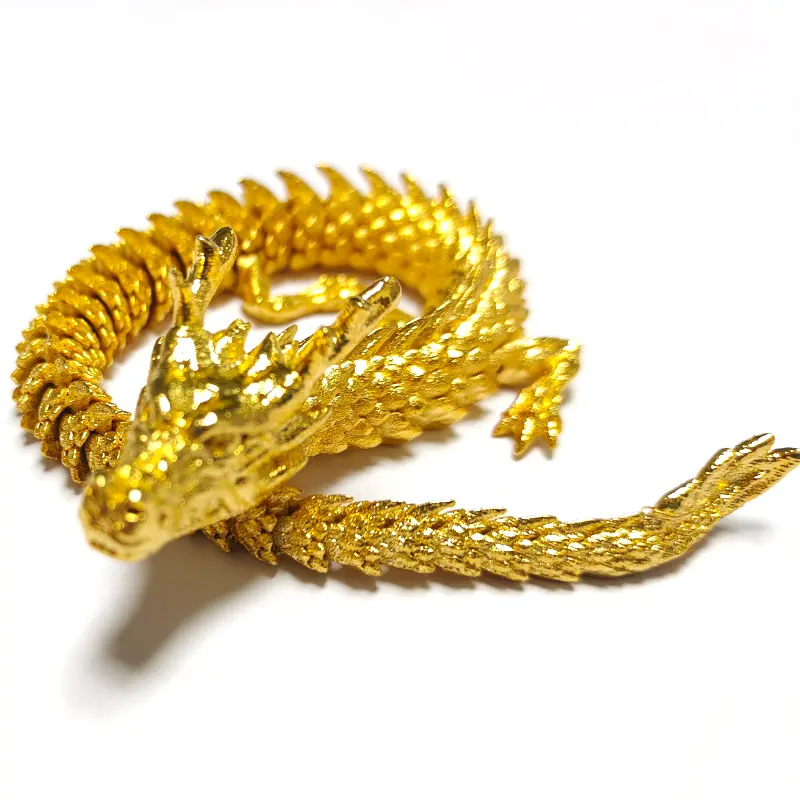According to resource database statistics, so far, the three 3D printers with the highest crowdfunding amounts on Kickstarter are: AnkerMake M5 from Anker Innovation, which raised 64.82 million yuan; and Tuozhu Technology’s Bambu Lab X1 raised 46.72 million yuan. In addition to them, even the fourth-placed ELEGOO Jupiter and fifth-placed CR-6 SE both come from China, and they both come from the same city: Shenzhen.
We’ve already talked about consumer 3D printing on a global scale.Leader in China, focusing on Shenzhenthis can also be seen from the crowdfunding data above. Today we will review the 3D printer projects that were successfully funded on Kickstarter in 2024. The Vertigo MK1, which was just launched in 2025, is undoubtedly a good technical direction. I think 3D printing farmers will be particularly interested in this. Note: The following rankings are sorted from top to bottom by crowdfunding amount.
Phrozen Arco 3D Printer – Bigger, Faster, More Colors
Phrozen Arco is Phrozen’s first multicolor FDM 3D printer. It adopts Core XY structure design, has a printing space of 300 x 300 x 300mm and a printing speed of up to 600mm/s. It supports four-color consumable management, is inspired by Voron 2.4, and has a stable base build platform. The printer runs open source Klipper firmware, which can be customized, debugged and maintained by users, and comes with PIXUP Slicer slicing software.
2024 is known as the first year of multicolor 3D printers. As a leading brand of light-curing 3D printers, Proson has also officially entered the FDM 3D printer market. Currently, Phrozen Arco has not yet been shipped, and in a highly competitive market environment, it may not have much advantage. However, this Arco provides the company with an opportunity to enter the market and also provides users with another option.
IR3 V2 – Infinite Z-axis conveyor 3D printer
IR3 V2 is a conveyor belt type 3D printer that supports batch printing, long printing (no length limit) and hanging printing to meet users’ printing needs for different models. The printer is equipped with a metal conveyor belt and a 4.3-inch touch screen, supports auto-leveling and has a maximum printing speed of 400 mm/s. IR3 V2 uses Klipper firmware, supports remote control via mobile phone or computer, and can monitor printing progress in real time.
Based on the IR3 V1 launched in 2022, Zhuhai Bell Technology launched the second generation upgraded version IR3 V2. By equipping it with an auto-leveling function and a metal conveyor belt, it managed to solve two main problems common with conveyor belt 3D printers: one is horizontal adjustment and the other is the problem braided belts. Currently, similar machines are rare. We remember that as early as 2021, Chuangxiang 3D had also financed a similar machine called 3DPrintMill.
Flovv-e+Flovv – Desktop 3D printer by injection and molding
Flovv is a desktop injection module that seamlessly integrates with existing equipment and is paired with the Flovv-e 3D printer, which combines 3D printing and injection molding technology to simplify the injection molding process . Users first use Flovv-e to print a precise mold. Once the mold is prepared, Flovv is used to inject materials such as polyurethane to produce high-quality, durable parts.
This combination simplifies the entire injection and printing process. The key lies in the Flovv injection module, which makes the 3D printer an intermediate tool while still providing the efficiency of injection molding. In particular, the demand for small batch injection molded parts can be fully met through the combination of Flovv-e and Flovv, and users can easily complete it at home. This innovative approach significantly improves production efficiency and reduces manufacturing costs.
PROFORGE 300 – Three-Tool Head-Switching Multi-Material 3D Printer
The Proforge 300 launched by Makertech3D is a high-speed, multi-material, high-performance 3D printer. It comes with 3 printhead tool changers, allowing seamless switching between three different materials. The 300mm³ build volume suits a variety of project needs, and other features include a 120°C heated bed, remote print monitoring and filament filters to provide a safe printing environment and clean.
Houti F1 – Top-Down DLP 3D Printer with Storage Scraper
Houti F1 is a pourable light-curing 3D printer launched by Houtian Network Technology. Its flowing design effectively avoids release force problems and greatly improves the printing success rate and surface quality. The storage-type dual scraper system offers automatic and manual feeding functions. The equipped DLP optical module supports 2K/4K resolution and has a lifespan of more than 20,000 hours. The maximum print size is 160 x 90 x 150 mm.
Ningbo Houtian Network Technology was established in 2016 and initially focused on medical software research and development. Since 2021, the company has started to transform and launched a variety of DLP 3D printers, of which Houti F1 is one of its representatives. The pre-registration price of Houti F1 is 22,000 yuan, which is indeed attractive, but the design below is no longer a new technology. Many manufacturers, including the vertical and horizontal three-dimensional DM200, have launched similar products.
MakerPi M2 – entry-level 3D printer and laser engraving two-in-one model
MakerPi M2 is an entry-level 3D printer launched by Sengon Technology. It has laser engraving/cutting capabilities and the pre-registration price is only $69. Its design is compact and easy to carry, with a size of 190*150*240mm, close to the 11-inch iPad Pro, and a weight of only 2.2kg. This machine focuses on practicality and convenience and is very suitable for beginners and daily creative use.
As a multifunctional 3D printer, MakerPi M2 is relatively rare among products of the same level. Previously, the famous three-in-one Snapmaker series launched by Kuaizao Technology. Compared to other small machines, the MakerPi M2 is smaller than the KOKONI EC2, which was previously funded by Xiaomi Youpin, but slightly larger than the TinyMaker. This is a “small but beautiful” machine that costs only a few hundred yuan.
Silicone 3D – Silicone 3D printer that prints stretchy and elastic parts
Silicone 3D is a silicone 3D printer using FDM technology, specially designed for printing rubber-based materials such as silicone. It can accurately mix two silicone components and quickly solidify them through a heat source. It is suitable for printing custom silicone parts, such as orthopedic insoles, mobile phone cases, small wearable devices and soft robot actuators. Compared to traditional methods of producing silicone molds, it offers a more economical and easier to use solution.
Silicone printing generally uses light-curing 3D printing technology, while 3D silicone prints silicone by extrusion, which is not common in the market. At first glance, it looks more like a modified Mendel I3 3D printer. The difference is that the nozzle is replaced by a syringe and a UV light source is added next to it for curing the model. Obviously, this machine is more suitable for scientific research and small batch customization purposes.
Here are 7 3D printers that were successfully funded in 2024.among which Phrozen Arco has the highest crowdfunding amount, exceeding 10 million yuan, while Silicone 3D has the lowest crowdfunding amount, less than 100,000 yuan. However, one cannot judge the success of each machine solely by its final crowdfunding amount. Quite often, crowdfunding itself aims to help developers get the first pot of gold and turn their ideas into reality through public recognition.
Finally, we must mention the first product which will be launched on Kickstarter in 2025 and which is currently the subject of crowdfunding.Vertigo MK1this is defined asAutomated continuous 3D printerThe biggest highlight is its unique built-in automatic pop-up and pick-up function without manual intervention. Specifically, the auto-eject feature rotates the print bed 90 degrees and removes prints using a dynamic scraper. Additionally, an anti-collision trigger stops ejection and alerts the user if a print is jammed.
This machine is a 3D printing farmer’s dream equipment. There is no need to manually clean the printed parts, the machine does it automatically, which not only saves labor costs, but also greatly improves efficiency. However, it’s not cheap and the molded size of 250 x 220 x 220mm is relatively small. Currently, the Vertigo MK1 starts at $2,250, with delivery expected in May 2025.
Despite this, the emergence of Vertigo MK1 has at least given everyone new inspiration – it turns out that automatic material selection can still be like this. Currently, in addition to the Vertigo MK1 already online, there is also a professional 3D printer called Freakstone F500 on the Kickstarter platform, and a desktop metal 3D printer Kare3D is about to launch crowdfunding.





